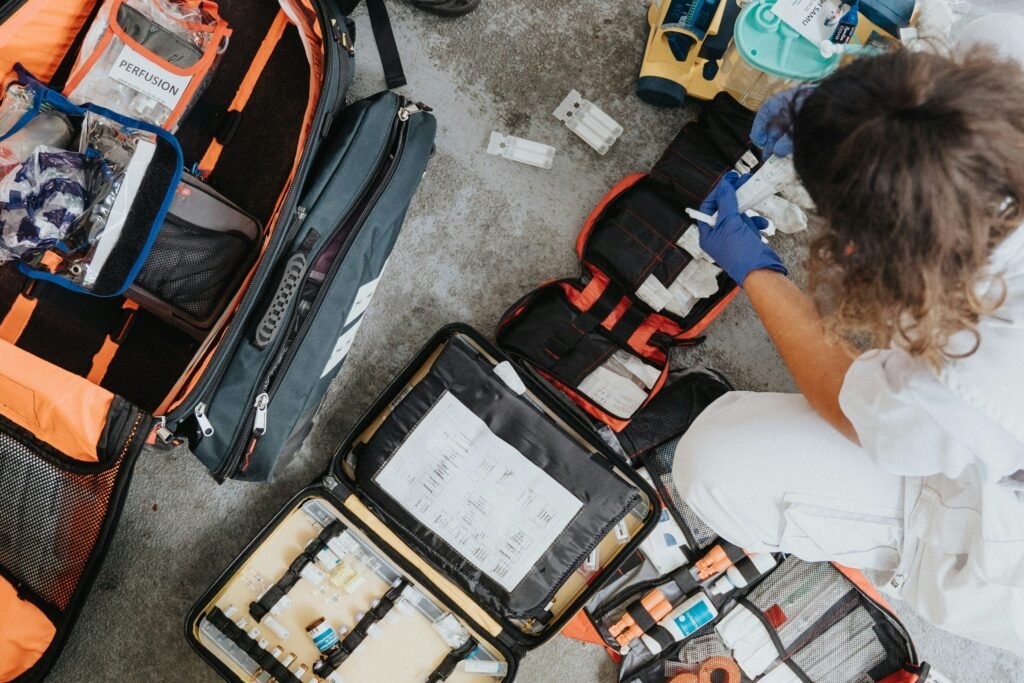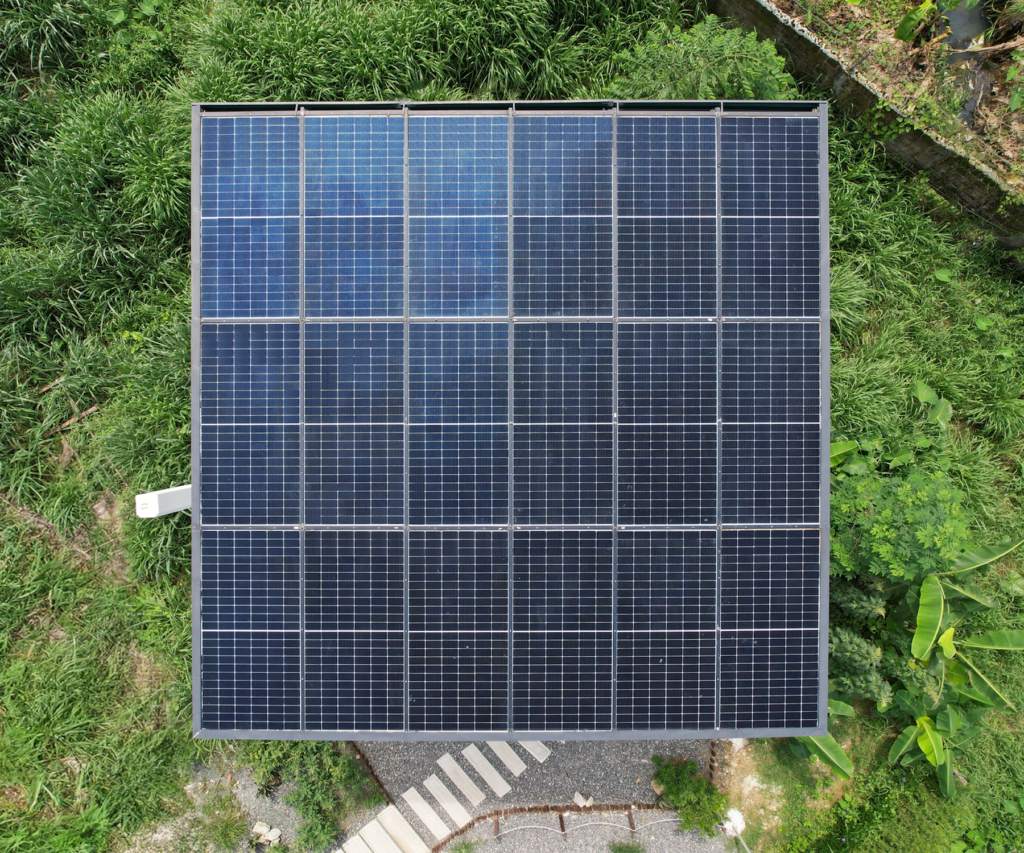In the past few weeks, the Philippines has once again been reminded of just how fragile our homes can be. Two powerful earthquakes, one striking Bogo, Cebu and another in Davao Oriental, both registering around magnitude 6.5 on the Richter scale, jolted thousands of families out of their daily routines.
Walls cracked. Power flickered. Some houses tilted ever so slightly, while others showed visible structural damage. Even two to three weeks after the initial quakes, aftershocks continued to ripple through neighborhoods, shaking nerves and forcing people to sleep with one eye open.
Local authorities and residents alike described the tremors as “the strongest they’ve felt in years.” Videos on social media showed bridges swinging violently, roads splitting open, and residents rushing outside in the middle of the day.
For families who live in concrete homes built decades ago, the earthquakes served as a frightening wake-up call. And for those who are still planning to build, it raises a serious question; are our homes truly built to withstand what nature brings?
Because here’s the truth: the Philippines sits squarely on the Pacific Ring of Fire, one of the most active earthquake zones on Earth. Major tremors are not a matter of if, they’re a matter of when.
That’s why now, more than ever, conversations about earthquake-resilient and future-ready housing are no longer optional.
They’re urgent.
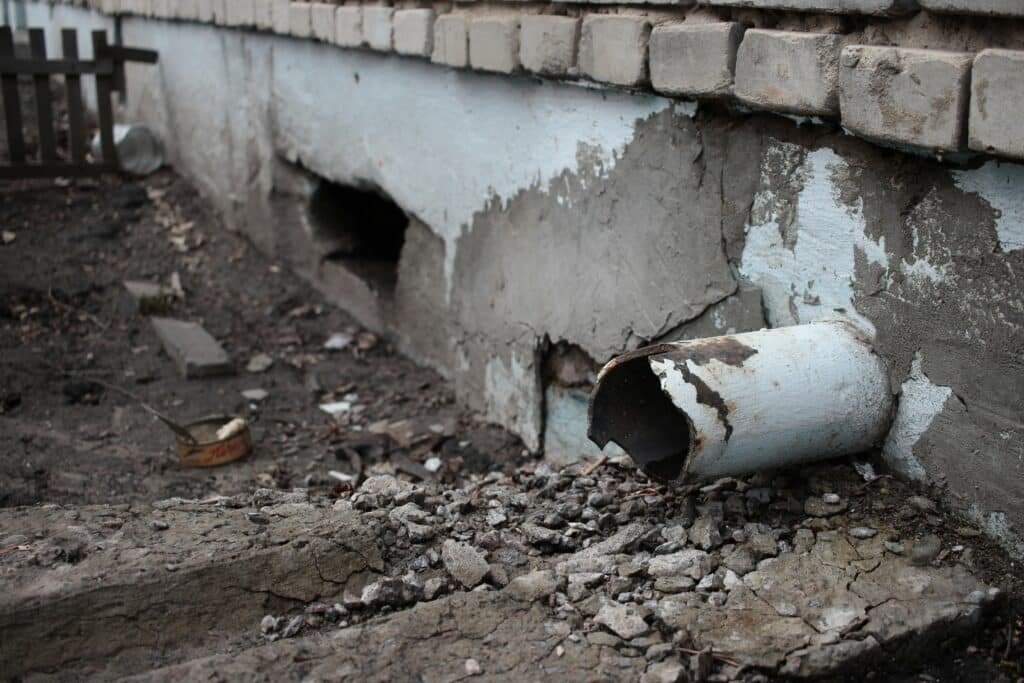
Why Earthquake-Resilient housing matters now more than ever?
Living in the Philippines means living on the Pacific Ring of Fire, where over 100 to 200 earthquakes are recorded every year, and around 10 to 20 are strong enough to be felt by communities. In short, seismic activity isn’t rare — it’s part of daily life.
Yet despite this, many Filipino homes still rely on outdated designs and weak foundations that were never meant to withstand modern seismic standards.
Common issues include:
- Poor foundations that crack or sink when the ground shifts
- Heavy concrete roofs that add dangerous, top-heavy stress
- Weak reinforcement or substandard materials that easily give way under pressure
When these flaws combine, even a magnitude 5 quake; not considered “major”, can cause walls to fracture, columns to buckle, or roofs to collapse.
That’s why the call for safer, smarter, and more sustainable homes has never been louder. With stronger designs and better engineering, families can finally build homes that last; not just through the years, but through the shakes, storms, and shifts that come with living in the Philippines.
Designing for strength and sustainability
Modern housing design is moving toward solutions that combine structural safety with environmental responsibility. One such approach is the net-zero home which is a building designed to generate as much renewable energy as it consumes, while still adhering to strict safety and durability standards.
The Sienna Net-Zero Home by BillionBricks is one example of how innovation and resilience can go hand in hand. Each home is engineered with the Philippine climate and seismic risks in mind, blending strong structural design with locally familiar construction methods. The company collaborates with seasoned structural consultants to ensure every unit meets and exceeds the requirements of the National Structural Code of the Philippines.
What makes this approach distinct is the integration of solar technology into the very structure of the home. Instead of simply mounting solar panels on top of the roof, the panels are the roof — a system designed to withstand both strong winds and ground movement while providing clean energy year-round.
In short, it’s proof that resilience doesn’t have to come at the expense of sustainability.
Simple steps to make your home earthquake-ready
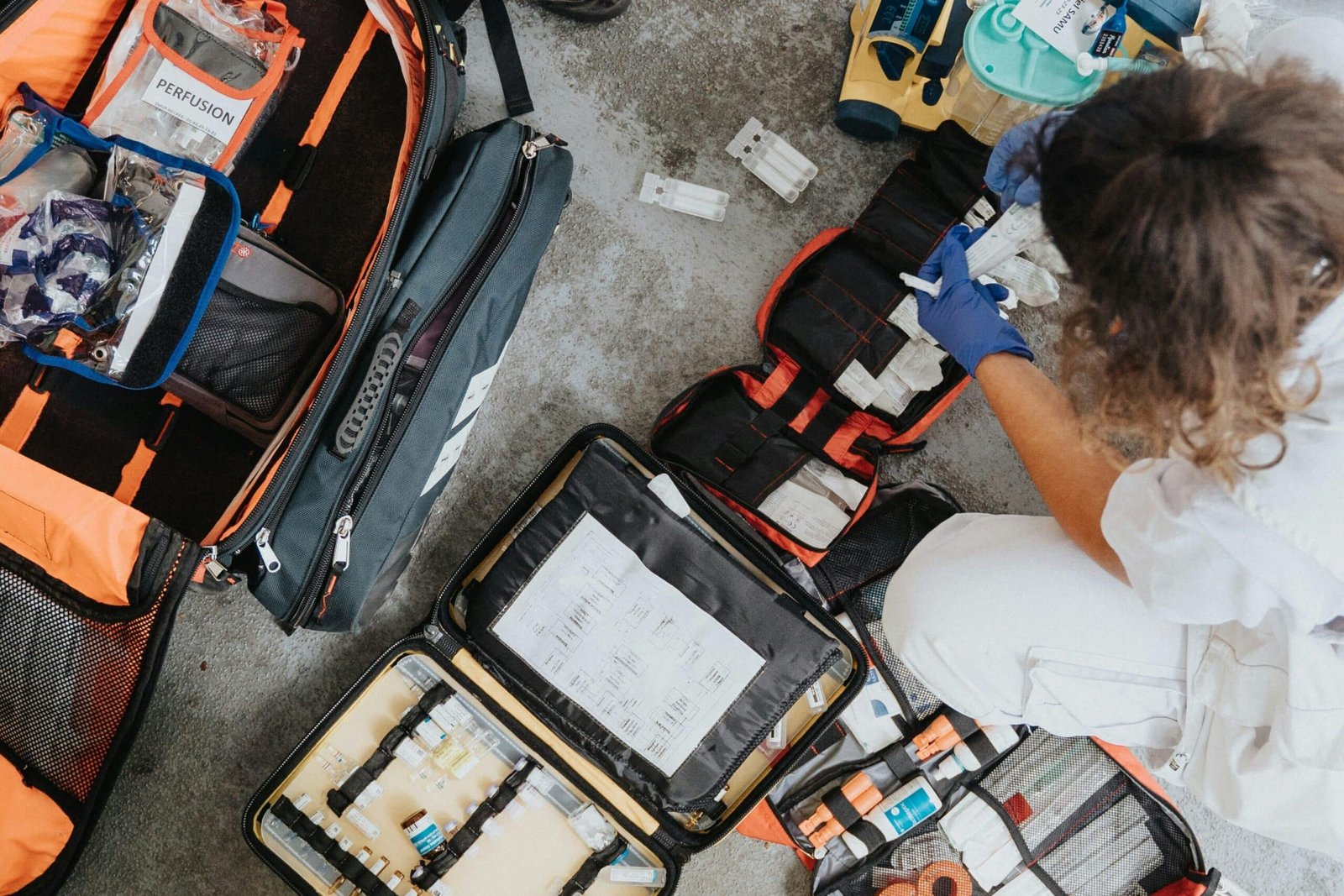
Even beyond design, every homeowner can take small, practical actions to improve safety:
- Inspect your foundation regularly for cracks or sinking.
- Avoid unnecessary weight on upper floors or roofs.
- Secure furniture and fixtures that could topple during shaking.
- Choose flexible materials where possible, such as steel reinforcements or lightweight roofing.
- Plan clear escape routes for every family member.
- Prepare a go-bag with essentials — flashlight, water, first aid kit, important documents, and power banks.
In recent months, “go-bags” have become a growing trend in the Philippines, with local governments actively distributing emergency kits and running preparedness drives in schools and barangays. It’s a simple habit that can make a real difference in those first critical hours after a quake.
These small precautions, combined with a structurally sound, earthquake-resistant home design, can mean the difference between panic and readiness when disaster strikes.
Building resilience starts now
Every earthquake is a reminder that safety begins with smart design. Whether you’re renovating an existing house or building one from the ground up, it’s worth asking how your home can protect both your family and your future.
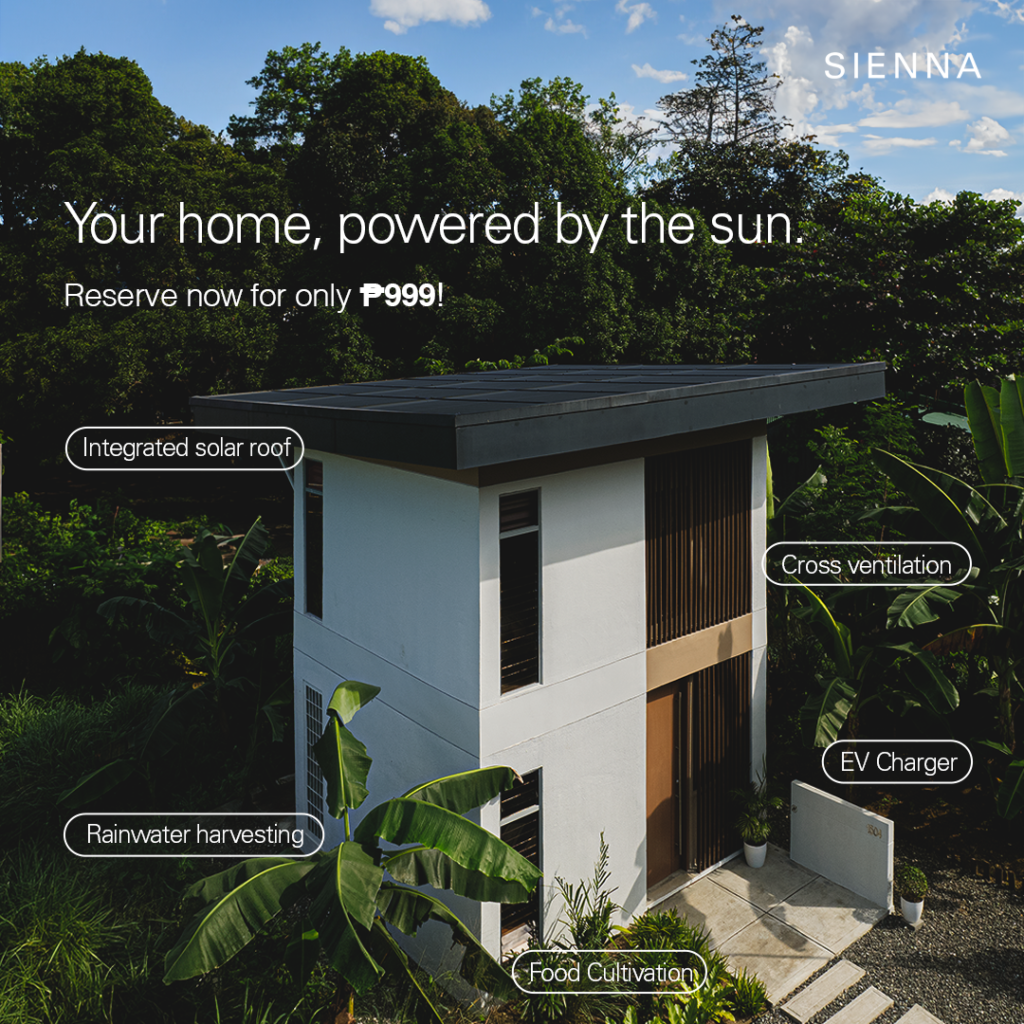
The rise of net-zero, disaster-resilient homes shows that we don’t have to choose between sustainability and safety — we can have both. By investing in stronger designs, modern construction methods, and renewable energy systems, we can create communities that stand firm, no matter what the ground beneath us brings.
If you already own a lot and are planning to build, BillionBricks is currently offering a limited-time Sienna Home promo – a chance to lock in your solar-powered, net-zero home design for a fully refundable reservation fee of ₱999 and up to 12 months to plan your construction.
It’s an easy, risk-free way to start building a home designed to endure — one that’s ready for tomorrow’s energy and tomorrow’s challenges.

